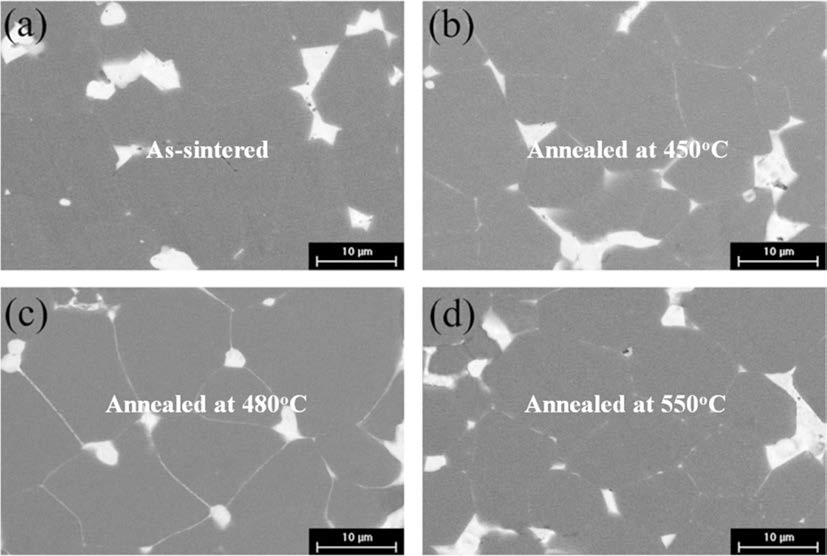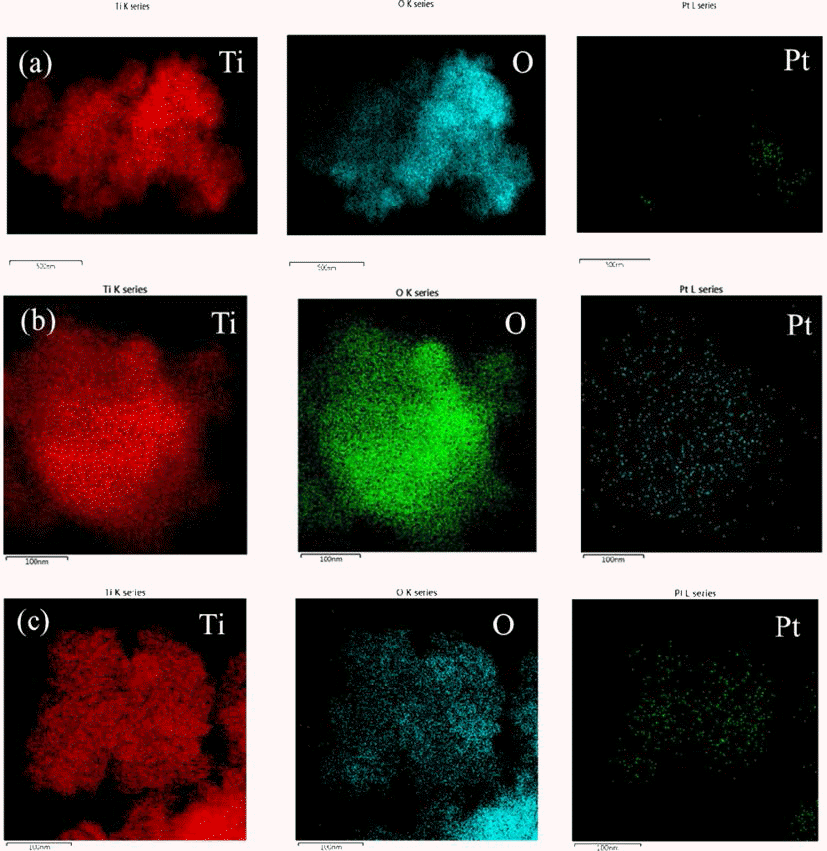Search
- Page Path
- HOME > Search
- [Korean]
- Enhancement of Coercivity for Nd-Fe-B Sintered Magnets
- Se Hoon Kim, Jin Woo Kim, Jong Min Byun, Young Do Kim
- J Korean Powder Metall Inst. 2015;22(1):60-67. Published online February 1, 2015
- DOI: https://doi.org/10.4150/KPMI.2015.22.1.60

- 1,325 View
- 11 Download
- 3 Citations
-
 PDF
PDF -
Citations
Citations to this article as recorded by- Study on the Demagnetization and Classification of NdFeB Magnets According to Different Heat Treatment Temperatures
Byeong Jun Kim, Ik Keun Park, Young Sung Kim
Journal of the Korean Society of Manufacturing Technology Engineers.2021; 30(2): 119. CrossRef - Study on Demagnetization and Magnetization to Reuse NdFeB-based Magnets
Byeong Jun Kim, Young Sung Kim, Gi Tae Joo, Joon Hyun Kim, Ik Geun Park, Jae Yong Lee, Su Won Yang
Journal of the Korean Society of Manufacturing Technology Engineers.2021; 30(4): 269. CrossRef - Study on the Optimization of Reduction Conditions for Samarium-Cobalt Nanofiber Preparation
Jimin Lee, Jongryoul Kim, Yong-Ho Choa
Journal of Korean Powder Metallurgy Institute.2019; 26(4): 334. CrossRef
- Study on the Demagnetization and Classification of NdFeB Magnets According to Different Heat Treatment Temperatures
- [Korean]
- Synthesis of Pt@TiO2 Nano-composite via Photochemical Reduction Method
- Ji Young Kim, Jong Min Byun, Jin Woo Kim, Young Do Kim
- J Korean Powder Metall Inst. 2014;21(2):119-123. Published online April 1, 2014
- DOI: https://doi.org/10.4150/KPMI.2014.21.2.119

- 655 View
- 2 Download
- 2 Citations
-
 Abstract
Abstract
 PDF
PDF Pt has been widely used as catalyst for fuel cell and exhausted gas clean systems due to its high catalytic activity. Recently, there have been researches on fabricating composite materials of Pt as a method of reducing the amount of Pt due to its high price. One of the approaches for saving Pt used as catalyst is a core shell structure consisting of Pt layer on the core of the non-noble metal. In this study, the synthesis of Pt shell was conducted on the surface of TiO2 particle, a non-noble material, by applying ultraviolet (UV) irradiation. Anatase TiO2 particles with the average size of 20~30 nm were immersed in the ethanol dissolved with Pt precursor of H2PtCl6∙6H2O and exposed to UV irradiation with the wavelength of 365 nm. It was confirmed that Pt nano-particles were formed on the surface of TiO2 particles by photochemical reduction of Pt ion from the solution. The morphology of the synthesized Pt@TiO2 nano-composite was examined by TEM (Transmission Electron Microscopy).
-
Citations
Citations to this article as recorded by- Photocatalytic activity of rutile TiO2 powders coupled with anatase TiO2 nanoparticles using surfactant
Jong Min Byun, Chun Woong Park, Young In Kim, Young Do Kim
journal of Korean Powder Metallurgy Institute.2018; 25(3): 257. CrossRef - Synthesis and Photo Catalytic Activity of 10 wt%, 20 wt%Li-TiO2 Composite Powders
Hyeong-Chul Kim, Jae-Kil Han
Journal of Korean Powder Metallurgy Institute.2016; 23(1): 33. CrossRef
- Photocatalytic activity of rutile TiO2 powders coupled with anatase TiO2 nanoparticles using surfactant
- [English]
- Sintering of Nd-Fe-B Magnets from Dy Coated Powder
- Jin Woo Kim, Young Do Kim
- J Korean Powder Metall Inst. 2013;20(3):169-173.
- DOI: https://doi.org/10.4150/KPMI.2013.20.3.169

- 676 View
- 5 Download
- 1 Citations
-
 Abstract
Abstract
 PDF
PDF - High-coercive (Nd,Dy)-Fe-B magnets were fabricated via dysprosium coating on Nd-Fe-B powder. The sputtering coating process of Nd-Fe-B powder yielded samples with densities greater than 98%. (Nd,Dy)_2Fe_14B phases may have effectively penetrated into the boundaries between neighboring Nd_2Fe_14B grains during the sputtering coating process, thereby forming a (Nd,Dy)_2Fe_14B phase at the grain boundary. The maximum thickness of the Dy shell was approximately 70 nm. The maximum coercivity of the Dy sputter coated samples(sintered samples) increased from 1162.42 to 2020.70 kA/m. The microstructures of the (Nd,Dy)_2Fe_14B phases were effectively controlled, resulting in improved magnetic properties. The increase in coercivity of the Nd-Fe-B sintered magnet is discussed from a microstructural point of view.
-
Citations
Citations to this article as recorded by- Recovery of Valuable Metals from Acoustic Magnet Swarf Slurry
Wei-Sheng Chen, Li-Pang Wang, Chen-Yao Hung, C.-H. Weng, R. Weerasinghe
E3S Web of Conferences.2018; 53: 04015. CrossRef
- Recovery of Valuable Metals from Acoustic Magnet Swarf Slurry
- [Korean]
- Shape Control of Platinum Nanoparticles Using a Metal Salt
- Seoung Yeul Kwak, Jin Ho Lee, Jin Woo Kim, Taek Kyun Jung, Young Do Kim
- J Korean Powder Metall Inst. 2012;19(6):393-397.
- DOI: https://doi.org/10.4150/KPMI.2012.19.6.393

- 385 View
- 3 Download
-
 Abstract
Abstract
 PDF
PDF - AgNO_3 has the characteristic is controlling the inhibition or promotion of particle growth by adsorbing onto specific facets of platinum nanoparticles. Therefore, in this study, AgNO_3 was added to control the shape of platinum nanoparticles during the liquid phase reduction process. Consequently, platinum cubes were synthesized when AgNO_3 of 1.1 mol% (with respect to the Pt concentration) was added into the solution. Platinum octahedrons were synthesized when 32 mol% (with respect to the Pt concentration) was added into the solution. These results demonstrate that the metal salt AgNO_3, effectively controlled the relative growth rates of each facet of Pt nano particles.
TOP
 KPMI
KPMI


 First
First Prev
Prev


